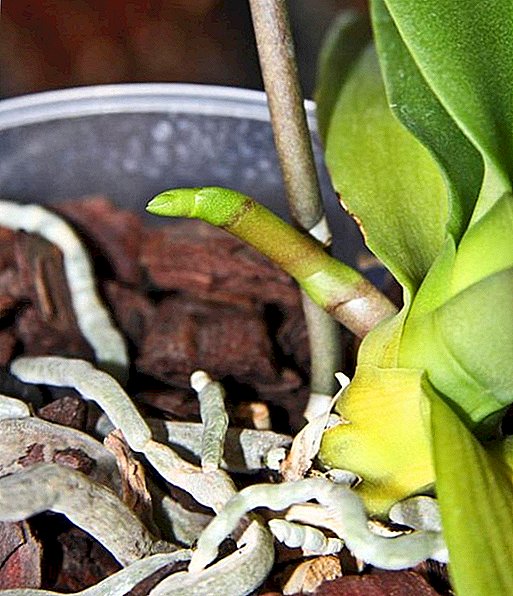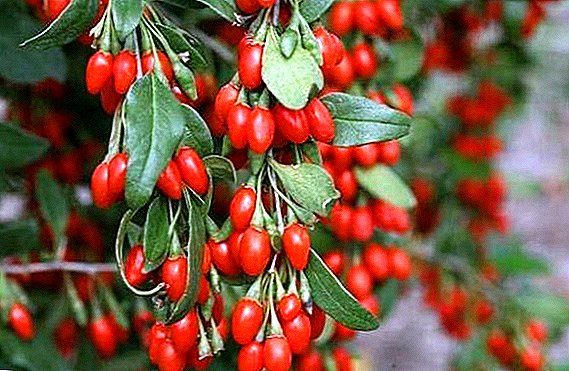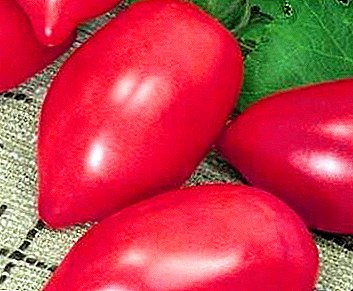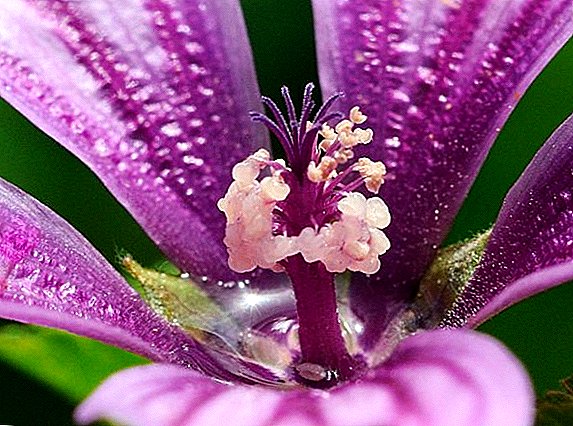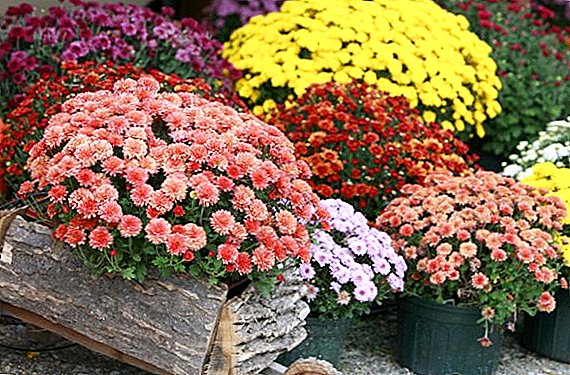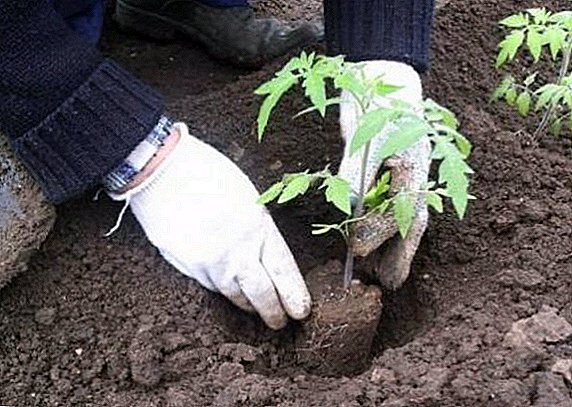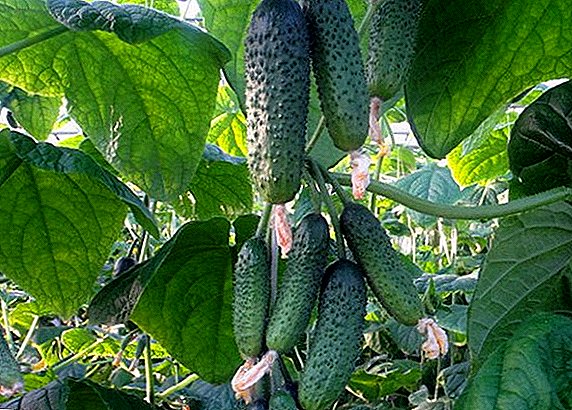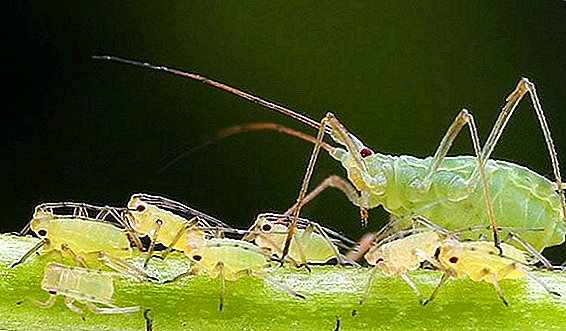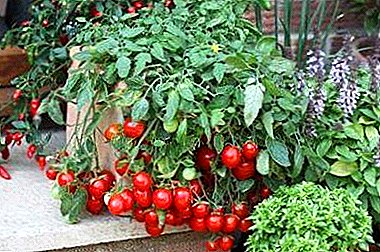
Now we can buy fresh vegetables and fruits at any time of the year. But the problem is that the taste and the cost of the product do not match each other.
Therefore, many gardeners prefer to grow tomatoes in their apartments. This allows you to get a fresh, environmentally friendly harvest all year round.
The article will look at how to plant tomatoes at home and what is necessary for this, as well as learn how to produce and suspend tomatoes.
Pros and cons of growing on the window of room tomatoes
Can I get a tomato crop at home? At this stage of development of breeding set of varieties that are adapted for growing at home in the winter. Even a novice agronomist will be able to grow a good crop of tomatoes on his windowsill.
The advantages of such cultivation is to obtain healthy tomatoes in the winter. An agronomist can also be confident that his crop will be environmentally friendly. Taste qualities of tomatoes will be almost the same as that of the summer harvest from open ground.
It should also be said that the cost of tomatoes from a window sill will be much less than that of those purchased in the store.
The disadvantages of planting tomatoes in an apartment are the fact that it is not always possible to grow tomatoes. BUT sometimes fruit size may be too small, because of what such cultivation may be impractical.
Training activities
What should be the place?
 Tomatoes are light-loving crops. Therefore, it is best to give preference to the south sides of the room. If it is not possible to place the tomatoes in the southern part, then you should take care of additional lighting. Remember that the light day for tomatoes should last at least 12-13 hours. As an artificial light, you can use fluorescent lamps, fluorescent, and energy-saving lamps. Now there are special fitolampy. Additional lighting should be placed at a height of 25-30 centimeters from the plants.
Tomatoes are light-loving crops. Therefore, it is best to give preference to the south sides of the room. If it is not possible to place the tomatoes in the southern part, then you should take care of additional lighting. Remember that the light day for tomatoes should last at least 12-13 hours. As an artificial light, you can use fluorescent lamps, fluorescent, and energy-saving lamps. Now there are special fitolampy. Additional lighting should be placed at a height of 25-30 centimeters from the plants.
As for air temperature, it should be maintained at a level of 22-24 degrees Celsius. At night, the temperature can be reduced to + 16-18 degrees. If the air is warmed less, the tomatoes will not grow. And with a strong hot air culture begins to dry. If the room is very hot, you should air the room more often, avoiding drafts.
Ensure that the air in the room is sufficiently humidified. You can not place containers with tomatoes close to heating devices, because they are very dry air and the plant itself. It is best to put a container with water next to the tomatoes, which will serve as a homemade humidifier.
Special varieties for the winter period
For a good harvest, first choose the right variety. for landing. Since not every variety is suitable for growing at home. Choose low or medium height bushes. It is good if these are cherry tomatoes, since it is this species that can easily survive the lack of lighting and heat, and it also has shorter ripening periods. There are many varieties intended for cultivation at home. Among the most popular are the following:
- Pearl.
- Balcony miracle.
- Hummingbird.
- Pearl yellow.
- Pinocchio.
- Angelica.
- Glasha.
- Alpatieva 905 A.
- Muscovite.
What should be the pot?
In order to grow seedlings for winter cultivation at the initial stage, ordinary plastic cups will fit, in which you need to make drainage holes. But more suitable special peat cups. As soon as the seedlings are ready for picking, they must be moved to pots, the volume of which is 7-10 liters. The material of the pot is particularly unimportant. Suitable and plastic, and clay, and ceramics.
Soil features
The soil can be purchased ready-made in the store, and you can prepare it yourself. To do this, we take the soil, humus, large river sand and peat. The components are taken in the following proportions: 5: 5: 2: 1.
For every 10 liters of substrate you need to add a little urea (not more than a matchbox). In the same amount you need to take and potassium sulfate, as well as a tablespoon of wood ash. All components are thoroughly mixed and scattered in containers.
Step-by-step instructions for landing on the windowsill
Seeds
- A substrate is poured into the container for planting, and then a seed is placed there, which is covered with a small (about 10 mm) layer of soil.
 Moisturize the soil from the sprayer so that the seeds are not washed. Water for irrigation should be separated though for 2-3 days.
Moisturize the soil from the sprayer so that the seeds are not washed. Water for irrigation should be separated though for 2-3 days.- After disembarking the cups are placed in a bright place and a warm place.
Glasses can be covered with foil before the first shoots.
- After 7 days, the first shoots will appear. They need to be opened every day for hardening, and after 3-4 days to remove the film completely.
- Grown up seedlings need to be watered every 4-5 days. Saplings do not need spraying.
Dive sprouts can only be when they appear at least 4 leaves.
Seedlings
Before this procedure, you need to prepare containers. For this:
- In the vases fit the drainage layer. It can be made from brick dust or small gravel. The pot is completely covered with substrate. In the middle of the pot you need to make a small depression, which is thoroughly moistened.
- Saplings are watered from the root and transferred to prepared flowerpots. Once again watered. The soil is slightly compacted.
Important! Experienced agronomists do not advise to plant two pots in one pot. They will not give a good harvest or even die.
- Pots put on a well-lit place. The containers are turned twice during the day so that the plant develops smoothly.
How to care at home in the winter: step by step instructions
Watering and fertilizer
The size of the fruit and its taste are dependent on the proper soil moisture regime. The soil must be constantly wet. It is important to prevent complete drying of the substrate.because it can lead to dropping tomatoes. However, it is worth remembering that excess moisture can lead to decay of the root system.
Since there is not enough space for the full development of the root system in the pots, the roots need to be fed for growth. The first feeding should be carried out seven days after picking the seedlings. Most often, agronomists use the following drugs: Mortar, Nitrofaska and Aquarin. Fertilizers are applied three times a day, because there is no place for mineral elements.
Starting with the third feeding, the concentration of fertilizers slightly increase.
Trimming and Pinching
 Pinch tomatoes need, since the growing season. As soon as the first fruits begin to tie on the tomatoes, you need to remove the top of the tomato two leaves above the last brush. This should be done only with a well-sharpened and disinfected instrument.
Pinch tomatoes need, since the growing season. As soon as the first fruits begin to tie on the tomatoes, you need to remove the top of the tomato two leaves above the last brush. This should be done only with a well-sharpened and disinfected instrument.
Experienced growers recommend leaving at the root no more than two stepsons - you need to get rid of all the others, because they will take all the nutrients.
The most suitable place for these procedures is in the early morning or evening after sunset. Slices need to handle ash or ash. Pr the correct manipulation of tomatoes will give a rich harvest.
Prop and hanging
Often for home growing use stunted varieties. This bush is able to withstand up to two kg of fruit. Therefore, there is no need for props. But this procedure is necessary because most often it is the pots with the soil that can not withstand the weight of the fruit and overturn.
- First you need to choose a suitable place to place the pot. Well, if the pot will stand near a wall or window, which will rely on the whole bush.
- Then you need to put wooden pegs in pots (one support for each bush).
- A bush is tied to a peg - this should be done as high as possible.
Diseases and pests, how to combat them
Of the illnesses most common are the following:
- Late blight. In this case, brown spots appear on the tomatoes, which increase over time. You can fight tincture of garlic. Spraying is carried out several times with an interval of 5 days.
- Fusarium wilt. It is characterized by fading and yellowing of the lower leaf plates. Over time, other leaves begin to turn yellow. To get rid of this disease, you need to treat the plant with the preparation Barrier or Hom. After that, it is important to loosen the ground as often as possible.
- Alternaria Differs in gray small spots that look depressed. They fight this disease with the help of such drugs as Antracol, Consento, Tattu.
Let's call pests of tomatoes.
- Whitefly. This insect causes yellowing of the leaves, which soon turns black. To deal with the whitefly need drug Konfidor.
- Slugs Eat leaves and fruits. The affected plants begin to rot. For the prevention of slugs, it is necessary to treat the soil with a solution of ash, tobacco dust or lime.
- Spider mite Looks on the tomatoes in the form of small dots. Sucks the juice from the plant, which leads to death. Will help tincture of garlic or dandelions. You can add laundry soap to the solution.
- Medvedka. Quite a large insect whose length reaches 5 centimeters. It affects the main root system of the plant. The fight is carried out using tincture of bitter pepper or vinegar.
To grow tomatoes in the apartment in the winter is quite possible. And it is not difficult. Therefore, if you want to have your own growing tomatoes in winter, you need to make a little effort and devote time to it. The main thing - just wish.


 Moisturize the soil from the sprayer so that the seeds are not washed. Water for irrigation should be separated though for 2-3 days.
Moisturize the soil from the sprayer so that the seeds are not washed. Water for irrigation should be separated though for 2-3 days.